
- Special News
- Lead News
Shocking research: over half of the world’s rivers cease to flow for at least one day a year
- Special News
- Lead News
- 14 July, 2021 04:25:47
News Desk: A new study led by researchers from McGill University and INRAE found that between 51-60% of the 64 million kilometers of rivers and streams on Earth that they investigated stop flowing periodically, or run dry for part of the year. It is the first-ever empirically grounded effort to quantify the global distribution of non-perennial rivers and streams. The research, which was published recently in Nature, calls for a paradigm shift in river science and management by revising foundational concepts which traditionally assumed year-round water flow in rivers and streams. The map of non-perennial rivers resulting from this study, the first of its kind, also provides crucial baseline information for the assessment of future changes in river flow intermittence and for determining and monitoring the role of these rivers and streams in global water and biochemical cycles, as well as in supporting biological diversity.
“Non-perennial rivers and streams are very valuable ecosystems as they are home to many distinct species that are adapted to cycles of water presence and absence,” says Mathis Messager, first author of the study and PhD student both in Geography at McGill and at the French National Research Institute for Agriculture, Food, and Environment (INRAE). “These rivers can provide critical water and food sources for people and they play an important role in controlling water quality. But more often than not they are mismanaged or altogether excluded from management actions and conservation laws as they are simply overlooked.”
Non-perennial rivers and streams found on all continents
“Given continued global climate and land use change, an increasingly large proportion of the global river network is expected to cease to flow seasonally over the coming decades,” said Bernhard Lehner, an Associate Professor in McGill’s Department of Geography and one of the co-senior authors on the paper. “In fact, many formerly perennial rivers and streams, including sections of iconic rivers such as the Nile, the Indus, and the Colorado River have become intermittent in the past 50 years due to climate change, land use transitions, or the temporary or permanent withdrawal of water for human use and agriculture.”
A segment of the Clauge river (Jura, France) in flow. Credit: Bertrand Launay, INRAE
The researchers were able to identify the most important environmental characteristics in determining whether a river periodically ceases to flow by statistically associating long-term records of water flow in 5615 locations around the world with information on the hydrology, climate, geology, and surrounding land cover of the rivers and streams monitored at these locations. They found, as expected, that non-perennial rivers are most common in arid places (where there is much more evaporation than rainfall) and that smaller rivers and streams have generally more variable flow and are thus more likely to dry up. But they also occur in tropical climates and even in the Arctic where rivers freeze up for parts of the year.
The same river during a dry period
Credit
Bertrand Launay, a research staff member at INRAE.
Interestingly, the study also suggests, based on preliminary estimates, that more than half of the world’s population lives in locations where the closest river or stream around them is non-perennial. Indeed, in many languages, multiple words exist to designate these types of watercourses and their mark on the landscape, highlighting the long history of inter-dependence between humans and seasonal freshwater systems.
A long-standing neglect with significant consequences
Over the past decade, there have been several efforts to highlight the values and rapid ongoing degradation of non-perennial rivers and streams. Most freshwater science until now has focused on the functioning and conservation of perennial water bodies, and only recently have scientists started to realize the important consequences of flow cessation in rivers and streams. “Consequently, science-based methods for managing these unique ecosystems, such as tools and protocols to monitor the health of these rivers are still limited or absent,” adds Messager. “And this oversight leads to excessive water pumping, pollution, and overfishing of in many cases.”
“There have also been several recent attempts to remove non-perennial rivers from environmental legislation and national water governance systems, including in the U.S. and France,” adds Thibault Datry, a freshwater scientist at INRAE, and co-senior author on the paper. “By mapping non-perennial rivers and streams, our study pushes for a recognition of their prevalence and ecological significance by the scientific community. We hope that our study will trigger efforts to adequately manage these river ecosystems and halt attempts to exclude them from protective legislation.”
The research was funded by the Natural Sciences and Engineering Research Council of Canada, a McGill University Tomlinson Fellowship, a Doctoral Fellowship from H2O’Lyon Doctoral School, and through the DRYvER project, which has received funding from the European Union’s Horizon 2020 research and innovation program under grant agreement No. 869226.
About INRAE
Created on January 1, 2020, the French National Research Institute for Agriculture, Food, and Environment (INRAE) is a major player in research and innovation. INRAE carries out targeted research and resulted from the merger of INRA and IRSTEA. It is a community of 12,000 people with 268 research, experimental research, and support units located in 18 regional centers throughout France. Internationally, INRAE is among the top research organizations in the agricultural and food sciences, plant and animal sciences, as well as in ecology and environmental science. It is the world’s leading research organization specializing in agriculture, food, and the environment. INRAE’s goal is to be a key player in the transitions necessary to address major global challenges. Faced with a growing world population, climate change, resource scarcity, and declining biodiversity, the institute is developing solutions that involve multiperformance agriculture, high-quality food, and the sustainable management of resources and ecosystems.
Source: Scitech Daily
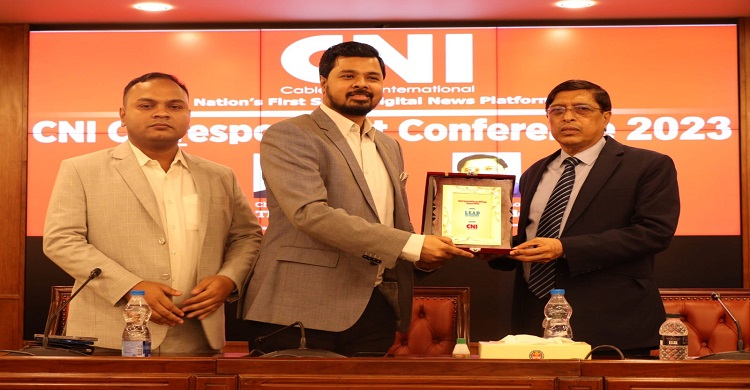

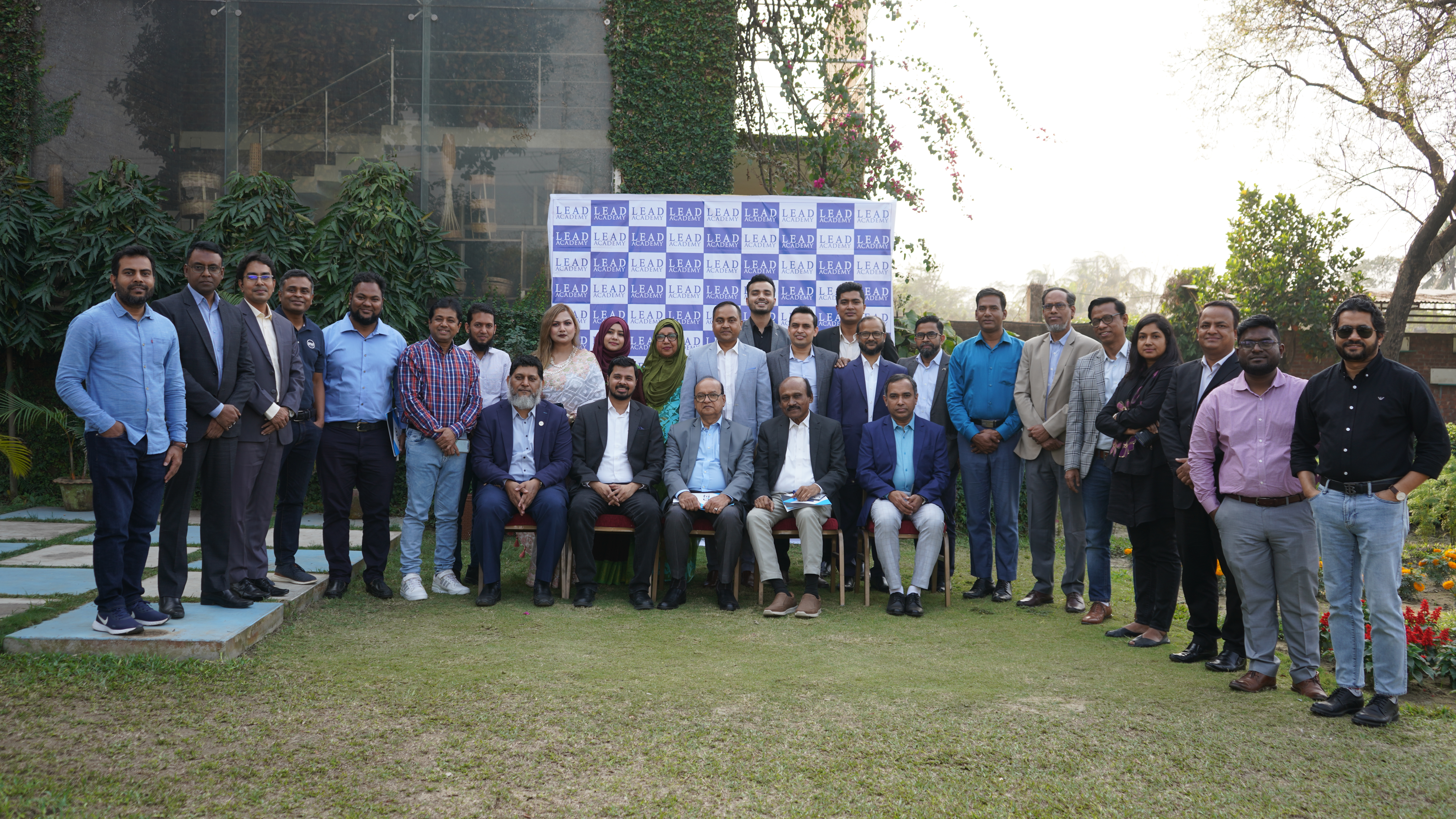
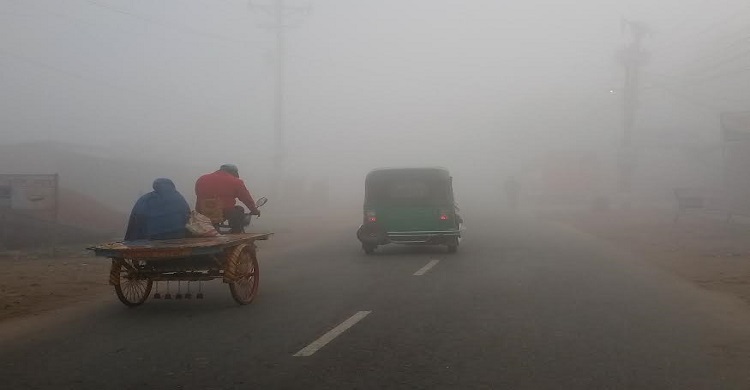












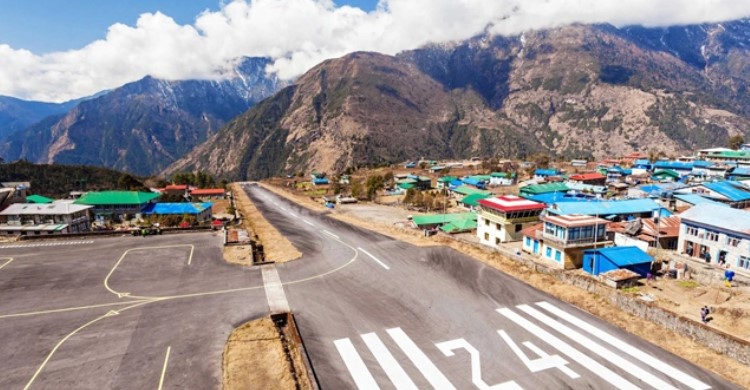


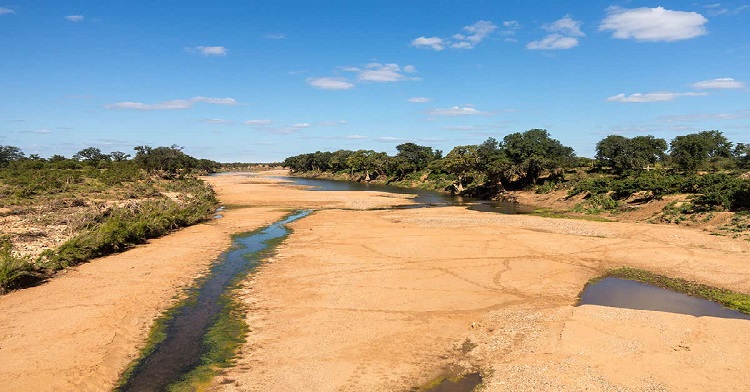








Comment ( 0)